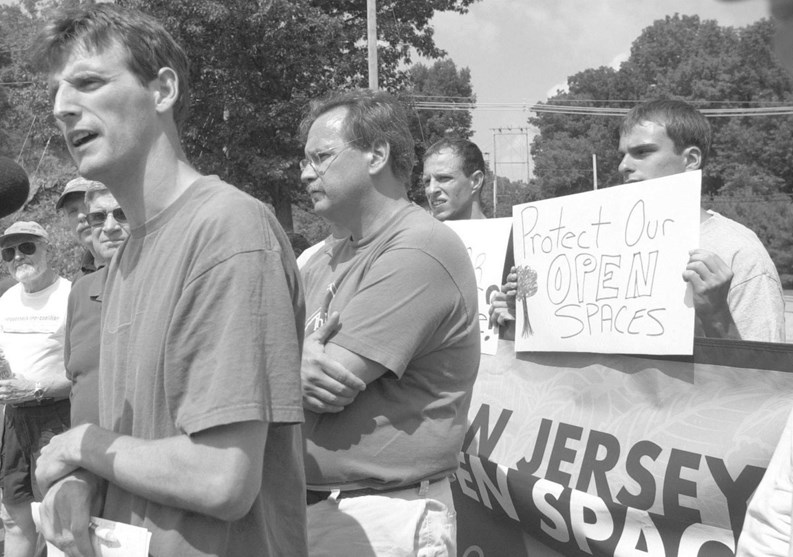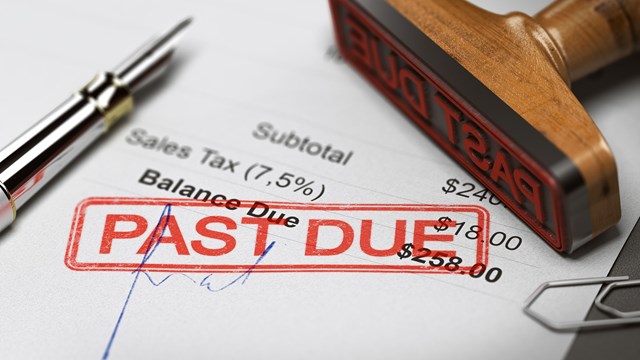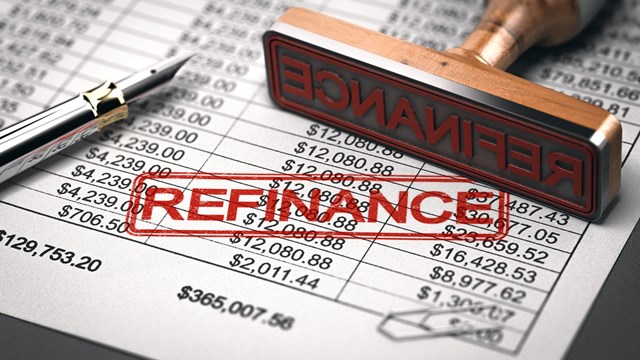For many years—or at least until the energy crisis of the 1970s—urban and suburban planners didn’t seem to care much about conserving natural resources. Suburban towns were laid out in such a manner that you had to drive everywhere—even a block away to buy a carton of milk or orange juice. And the fact that gas cost about 29 cents a gallon meant that people didn’t mind. Meanwhile, many areas in older towns and cities were left to decay, often leading to blight and eventual abandonment.
Land was relatively cheap too, and for a long time, few people cared about how houses in the new exurb developments sprawled out far away from each other while commercial development concentrated in ugly strip malls. And few people cared about the woodlands or grasslands that were cleared away to build such developments, or that hills and valleys were being evened out for their construction.
Today, however, with our increasing awareness of our dwindling natural resources and the danger of their exhaustion, more and more local and state governments, as well as environmental organizations, are pushing “smart growth.”
But what exactly is smart growth, and how in particular is it relevant to New Jersey? The website www.smartgrowthgateway.org defines it as “Growth that serves the environment, the economy and the community equally.” Smart growth tries to concentrate development into already-existing communities, and takes into account the environment, public health, social policy and economic viability (or “sustainability”) when planning new housing.
Smart growth supports saving natural resources, helping existing communities stay viable, and saving taxpayers money by using existing infrastructure whenever possible. No one says people shouldn’t use their cars, but you ideally shouldn’t have to use them for everything, even to buy that proverbial carton of milk or loaf of bread—smart growth dictates that some basic services should be located near people’s homes.
Living Within Your Budget
“For New Jersey,” says Peter Kasabach, executive director of New Jersey Future, a statewide research and policy group, “the issue is critically important because we’re running out of land to develop. Sprawl—low-density, single-use, auto dependent development—has been consuming open space and farmland at an alarming rate in recent decades. Smart growth is a way to counteract that trend.”
Similarly, Ben Spinelli, executive director of the New Jersey Department of Community Affairs’ Office of Smart Growth, defines smart growth as “trying to live within your budget”—not only your financial budget, but your resource and infrastructure budget as well. New Jersey, he reminds us, is the nation’s most densely populated state, so it’s important to retain the landscape, take advantage of existing development patterns, take advantage of mass transit and conserve our agriculture.
In New Jersey, the idea of smart growth actually has its roots in the State Planning Act, enacted in 1985. The act says the state needs “sound and integrated statewide planning” to “conserve its natural resources, revitalize its urban centers, protect the quality of its environment, and provide needed housing and adequate public services at a reasonable cost while promoting beneficial economic growth, development and renewal.”
Encouraging Smart Growth
Now that we have some definitions of smart growth and know why it is important, how is it promoted at both the state and the local level?
There are many things, says Kasabach, that the state has done and can do to encourage smart growth. One recent step, he says, was the passage of the Urban Transit Hub Tax Credit, which encourages large employers to locate near mass transit stops.
“Ultimately, however,” he says, “the answer lies in zoning regulations, which are the rules governing what can be built and where.” In New Jersey, since each municipality controls its own zoning, it may be difficult to implement plans at the state level, though.
Dean Marchetto, a Hoboken-based architect and urban planner, says that Hoboken and Jersey City are examples of successful smart growth communities because of all the available mass transit, from the Hudson-Bergen Light Rail line to the PATH train to the New York Waterway ferries. During recent years, underdeveloped sites near these transit stops have seen a significant rise in the development—the west side of Hoboken is a good example.
Marchetto adds that one way the state and local governments have encouraged smart growth is by introducing TODs, or Transit-Oriented Developments. They encourage development near transit areas—such as the above-mentioned Hudson-Bergen Light Rail Line and the similar River Line near Camden—by such incentives as tax abatements, tax incentives, density bonuses or an easing of development restrictions.
The thought is that if so many employees and residents in these areas take mass transit, at least part of the time, overall emissions will be reduced. (Don’t worry—nobody’s asking you to give up your car!)
Incentive Programs?
Who in particular provides such incentives? One agency that promotes smart growth is the New Jersey Economic Development Authority, which administers a Smart Growth Predevelopment Funding Program. This provides low-interest loans and loan guarantees of up to $1 million for up to three years for non-contamination-related site preparation costs, such as land assemblage, demolition, removal of materials and engineering.
The EDA, says spokesperson Glenn Phillips, also manages the Fund for Community Economic Development, which offers low-interest loans to finance feasibility studies so that developers or community development organizations can determine whether their urban projects are viable.
The state’s Department of Community Affairs (DCA), through its aforementioned Office of Smart Growth, provides communities with technical assistance and training to revitalize historic downtowns via the “Main Street New Jersey” program, which was established in 1999.
Among the communities that have taken advantage of the program are Atlantic City, Glassboro, Fairview, Jersey City, Ocean City, West Orange, South Orange and Wildwood. DCA says that since the project started, it has created 8.854 million new jobs, created or expanded 1,370 businesses, and generated $609 million worth of private investments in “Main Streets” districts.
The DCA also has other grant programs, such as its Smart Future Planning Grants, which are available in such diverse areas as agriculture retention and farmland prevention—aimed at “preserving agriculture as a business”—neighborhood planning, and transit-oriented design, much of which we’ve already discussed.
Other agencies, such as the Board of Public Utilities also subsidize infrastructure costs for developers building within “growth areas,” or areas where more growth is considered desirable (as defined by the state’s plan.) In addition, they may make developers who seek to build outside of these areas pay the cost of new infrastructure.
Short- and Long-Term Goals
New Jersey’s smart growth programs have both short-term and long-term goals. Spinelli believes that the short-term goals are to raise people’s awareness; the long-term goals are to focus on concrete items such as making sure drinking water is available, planning more use of mass transit, and combating global warming.
As short-term goals, Marchetto lists increasing investment in urban areas and reducing some automobile trips, such as daily commutes to work. Similarly, he believes the long-term goals are to get people thinking about the big picture, such as improving the environment and reducing our dependence on oil.
Kasabach describes the goal of smart growth in New Jersey as four-fold: revitalizing communities, increasing choice in transportation, accommodating economic growth and preserving valuable open space. “On the preservation side,” he says, “New Jersey has had a fairly good track record over the years, especially in the Pinelands and the Highlands. The growth side has been more of a mixed bag. While some urban centers, such as Jersey City and Hoboken, have experienced a revival in recent years, others continue to languish.”
In the area of mass transit in general, many observers count on an ally—high gas prices. People aren’t exactly rushing to get rid of their cars, but they are looking to reduce the number of auto trips they make, and thus they are developing a new interest in mass transit.
Impacting Condos and Co-ops
So how do New Jersey’s smart growth initiatives relate to residents, board members and managers of condos, HOAs and co-ops?
It’s hard to say, especially in the case of suburban condos, which have already been constructed under a particular plan. Rebuilding such condo developments would be prohibitively expensive and time-consuming. Still, like other residents of the state, HOA dwellers could benefit from the trend toward “mixed-use” development, such has having a bank or grocery store on the grounds of their association.
This, says Kasabach, “could be a real benefit to residents who today are forced to venture outside of their community for their needs.”
Similarly, as the areas around condos and other multi-family developments grow, says Marchetto, the developments’ residents will benefit along with others. “Better parks, schools, shopping areas, and shorter distances to the workplace will all contribute to a better quality of life and less time in traffic congestion,” he says.
Ultimately, it’s a confluence of factors that will cement the idea of smart growth into the residential cultural fabric of New Jersey and other states with large areas of suburban development. A statewide policy push is needed, as well as real-world incentives and a change in people’s consciousness.
“As long as it’s easier to take a cornfield and put up a cul-de-sac in the middle with center-hole colonials on either side rather than to redevelop existing buildings,” says Spinelli, “people will do so. We have to make it easier to do the right thing than to sprawl.”
Raanan Geberer is a freelance writer and editor living in New York City.







Leave a Comment